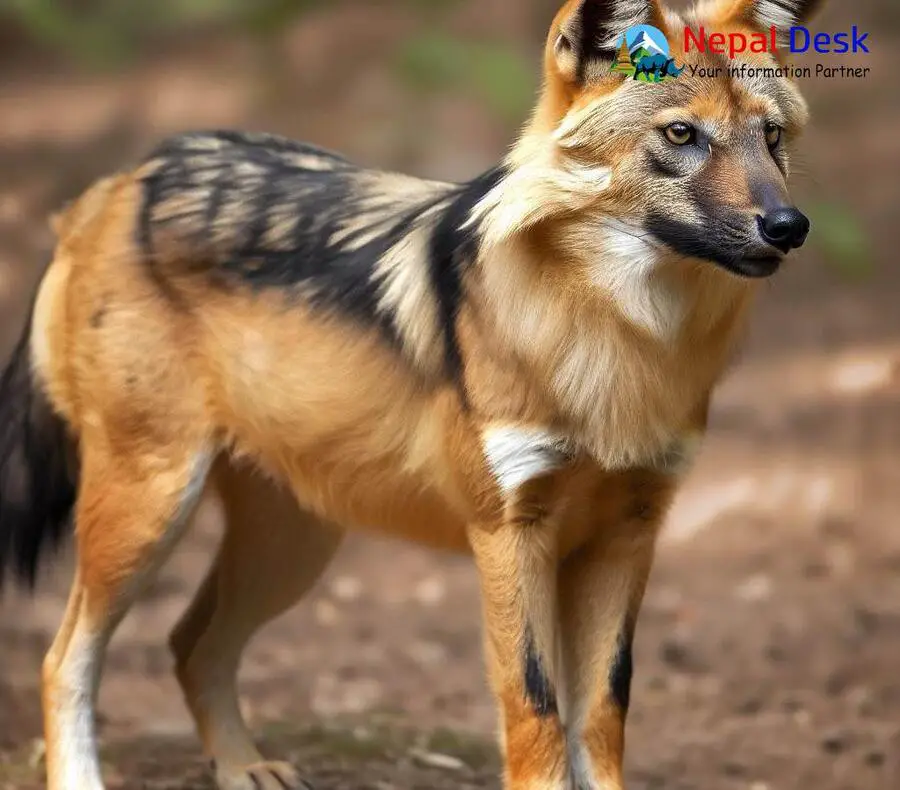
The Asiatic wild dog, also known as the dhole, is found in various regions of Nepal including the lowland Terai and the Himalayan foothills. They prefer areas with dense forests and grasslands.
The Asiatic wild dog is a highly social animal, living in packs with a dominant breeding pair. They communicate with each other through vocalizations and body language and are known for their cooperative hunting strategies.
Their diet mainly consists of small to medium-sized ungulates, such as deer and wild boar, as well as smaller animals like rodents and reptiles. Breeding occurs between October and January, and after a gestation period of around 60-70 days, females give birth to litters of 4-8 pups.
The Asiatic wild dog, also known as the dhole, is found in various regions of Nepal including the lowland Terai and the Himalayan foothills. They prefer areas with dense forests and grasslands.
The Asiatic wild dog is a highly social animal, living in packs with a dominant breeding pair. They communicate with each other through vocalizations and body language and are known for their cooperative hunting strategies.
Their diet mainly consists of small to medium-sized ungulates, such as deer and wild boar, as well as smaller animals like rodents and reptiles. Breeding occurs between October and January, and after a gestation period of around 60-70 days, females give birth to litters of 4-8 pups.
The Asiatic wild dog belongs to the family Canidae, which includes other canids such as wolves and foxes. Its scientific name is Cuon alpinus. It is listed as endangered by the International Union for Conservation of Nature (IUCN) due to habitat loss and hunting for its fur and body parts. In Nepal, they are protected under the National Parks and Wildlife Conservation Act of 1973.
